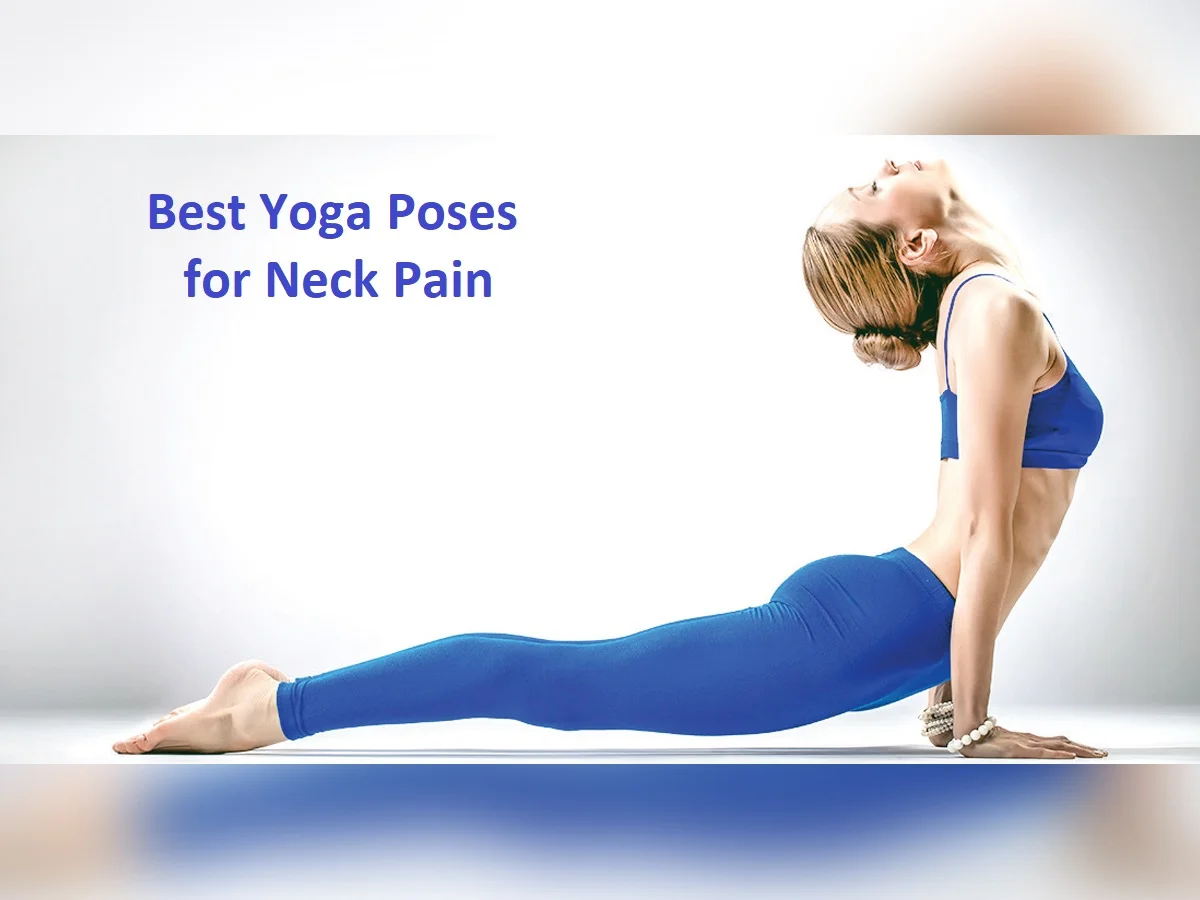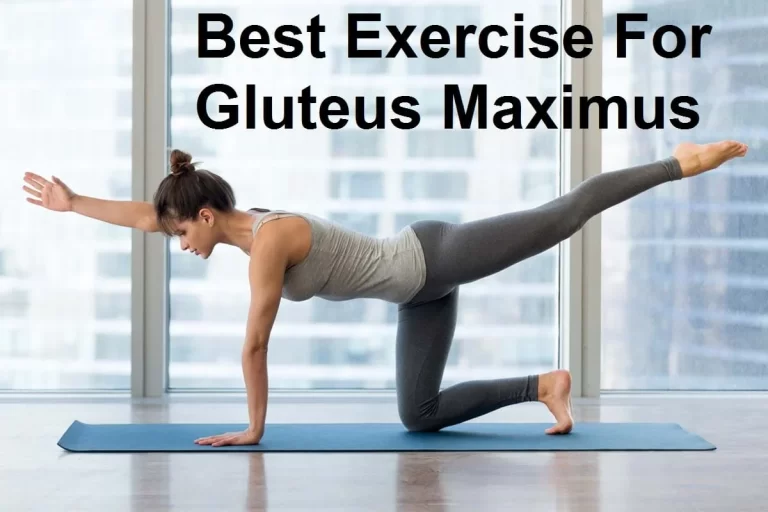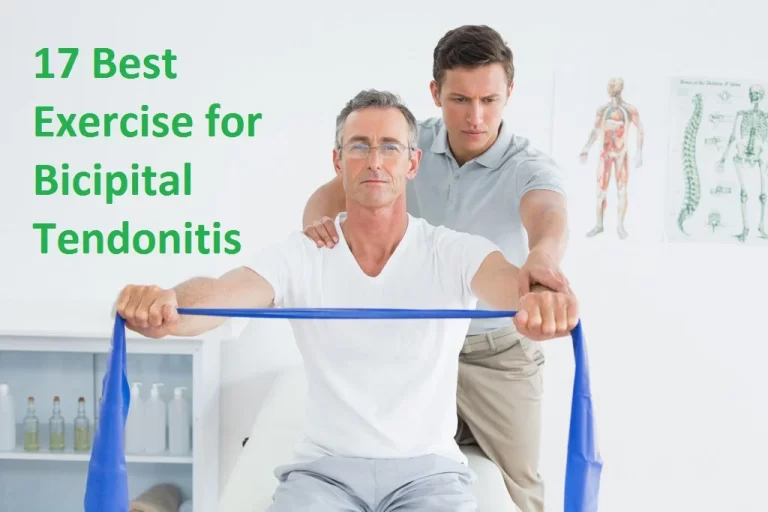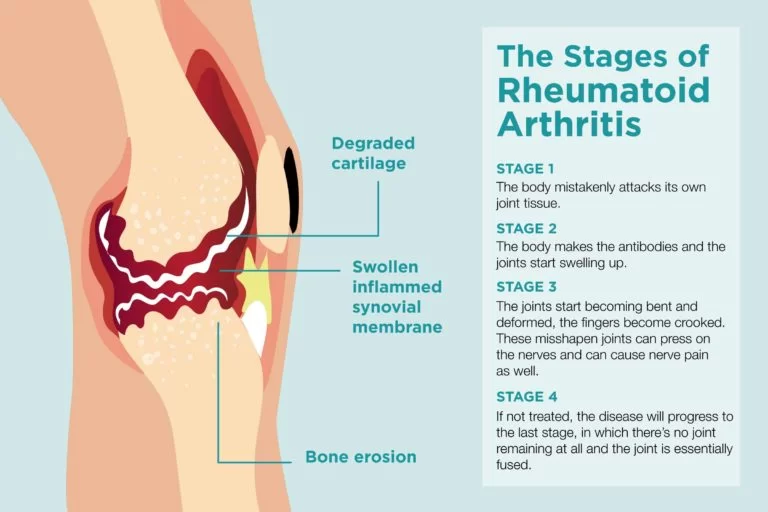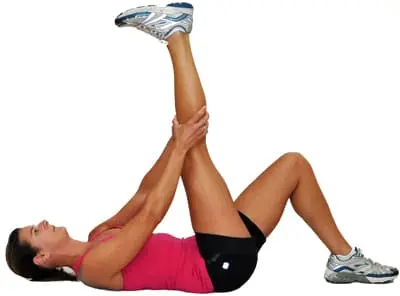11 Best Yoga Poses for Neck Pain
Introduction
The benefits of yoga for neck pain extend beyond the physical aspect. It not only helps in reducing pain and discomfort but also improves posture, increases flexibility, enhances circulation, reduces stress, and promotes relaxation. Additionally, regular yoga practice can also prevent future occurrences of neck pain by improving overall neck strength and mobility.
Neck pain is a common issue that affects many people due to various factors such as poor posture, stress, muscle tension, or even underlying medical conditions. It can range from mild discomfort to severe pain, limiting your mobility and overall quality of life. While seeking medical advice is essential to address any underlying causes, incorporating yoga into your routine can provide relief, promote relaxation, and improve the overall health of your neck.
Yoga is an ancient practice that combines physical postures, breathing exercises, meditation, and relaxation techniques. It focuses on the mind-body connection, promoting balance, flexibility, and strength. When it comes to alleviating neck pain, yoga can be a valuable tool as it targets the neck, shoulders, and upper back muscles, releasing tension, improving posture, and increasing blood circulation in the affected areas.
In this guide, we will explore specific yoga poses and practices that can help reduce neck pain. It’s important to note that every individual is unique, and it’s essential to listen to your body and consult with a healthcare professional before starting any new exercise regimen, especially if you have pre-existing medical conditions.
By incorporating yoga into your routine and practicing these poses regularly, you can find relief from neck pain, improve your posture, and cultivate a greater sense of well-being. Remember to approach your practice with patience, attentiveness, and respect for your body’s limitations. Let’s begin the journey towards a healthier, pain-free neck through the power of yoga.
1. Balasana or Child pose
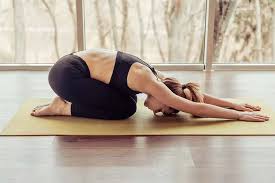
Seat on your heels. Resting your hips on the heels, turn forward, and lower your forehead to the ground floor. Maintain your arms alongside your body with your hands on the ground floor, palms fronting up. Mild press your chest on your thighs and maintain the position for a few minutes. Slowly reach up to sit on your heels, uncurling vertebra by vertebra, and comfort.
Benefits: Deeply comforting for the neck and shoulder. Reduces constipation. Calms down the nervous system.
2. Natarajasana or Reclining Twist
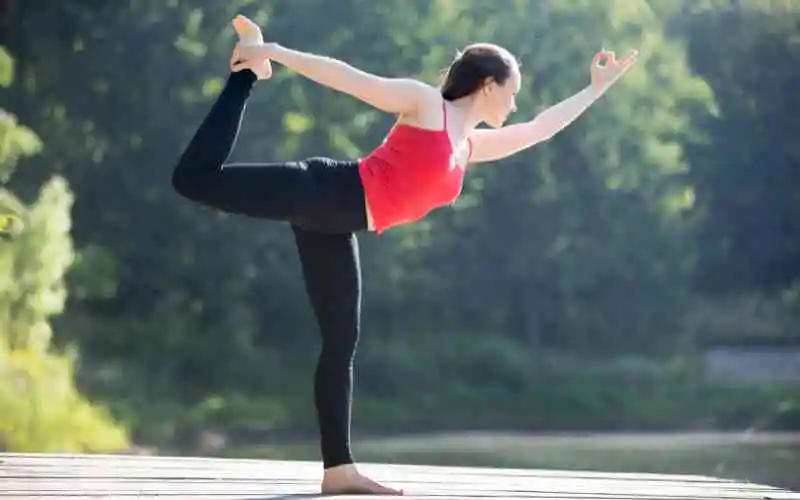
Lie on your back with arms horizontally lengthened out by your side. Turn your knees and take your feet close to your hips. The soles of the feet are whole on the ground floor. Swing the knees to the left until the left knee touches the ground floor. Bend your head to the right and look at your right palm. Shoulder blades must touch the ground floor. With each exhalation, rest deeper into the pose and observe the areas where the body is feeling the stretch. After a few minutes, mirror the yoga posture on the other side. This is even like the dancing pose of Shiva.
Benefits: Releases stress and calm the mentality. Enhances posture
3. Marjariasana or Cat Stretch
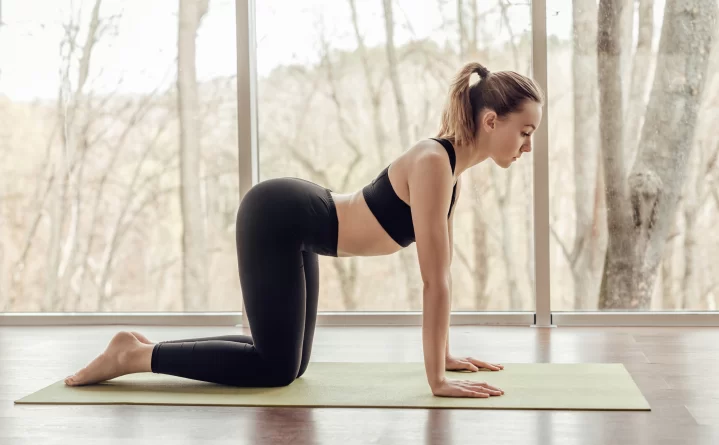
Arrive on all fours. your back forms the tabletop, and your hands and feet form the legs of the table. Your knees are hip-width apart. Inhale, increase your chin and tilt your head back, press your navel down towards the ground floor, and increase your tailbone. Bring long, in-depth breaths. Then, Exhale drops your chin to your chest, and arch your back up as much as you can. Hold the pose for a few seconds then return to starting position. Continue five or six rounds bearing long in-depth breaths before you come out of this yoga posture.
Benefits: Creates the spine flexibly. Strengthens neck and shoulders. Massages the digestive organs and enhances digestion. Enhances blood circulation
4. Viparita Karani Asana or Legs-up-the-wall pose
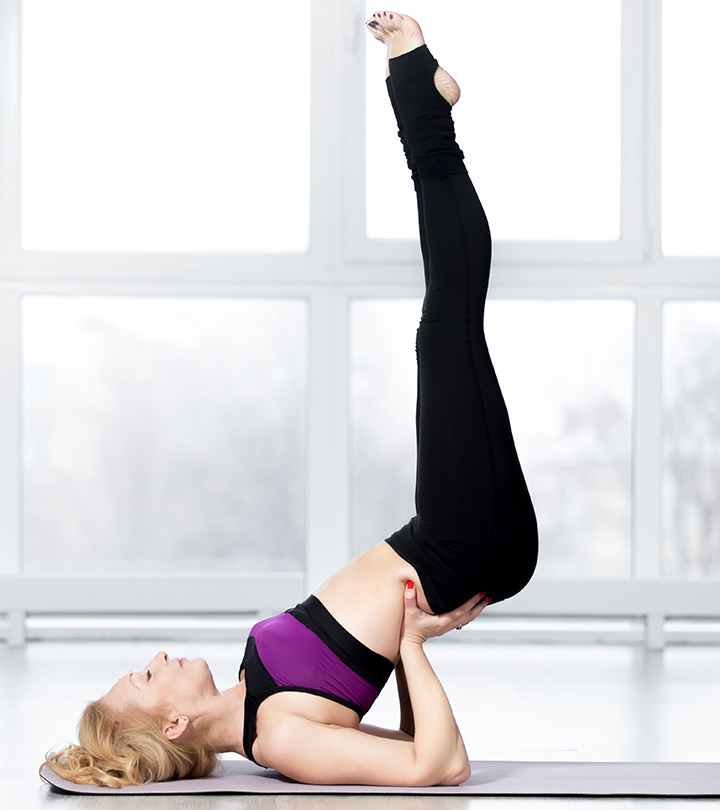
Lie on your back close to a wall. Buttocks touching the wall. Pull your legs straight up against the wall. Feet are similar to the ceiling and your legs are touching the wall. Relax with your arms next to the body with the palms facing upward. Bring long in-depth breaths. Gradually come down, bringing the knees first. Then twist to your left and mild sit up.
Benefits: Reduces mild neck aches and relaxes fatigue. Supports in avoiding cramps in the legs.
5. Utthita Trikonasana or Extended Triangle Pose

Arrive in an upright position. Extend your legs as broad as you can. Next, with your back straight, extend your hands sideward. Then, inhale and slowly turn towards the right side, with your right hand touching your ankle and your left hand leading upwards. Look at your left hand while you are in this yoga posture. Bring a few breaths, and observe the body and mind settling down. Bring a few breaths and gently lift your torso and come into a standing position. Now replicate the series on the left side of the body.
Benefits: Reduces mild neckache even during pregnancy. Reduces stress and anxiety. The spine is stretched.
6. Sarpasana (Snake Pose)
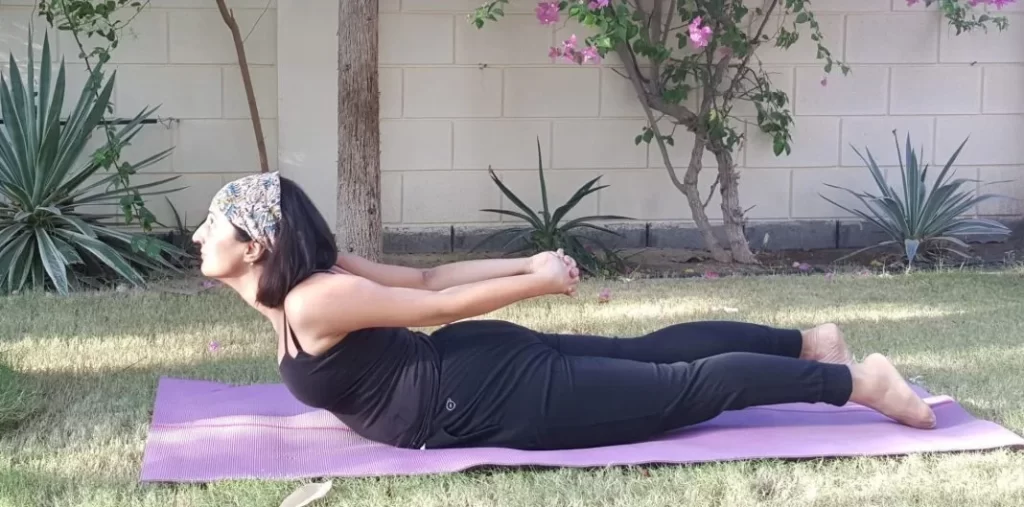
Lie down flat on your abdomen. Interlock your palms after your neck. Bring an in-depth breath in and retain (this is known as Kumbakh). Lift your head, shoulders, and chest as much as probable. Maintain your feet down firmly on the ground floor. Maintain the posture for ten seconds. Exhale and relax.
Benefits: Relieves cervical spine and thoracic spine. Relieves tension and anxiety. Soothes the mind or brain
7 Eagle pose (Garudhasana)
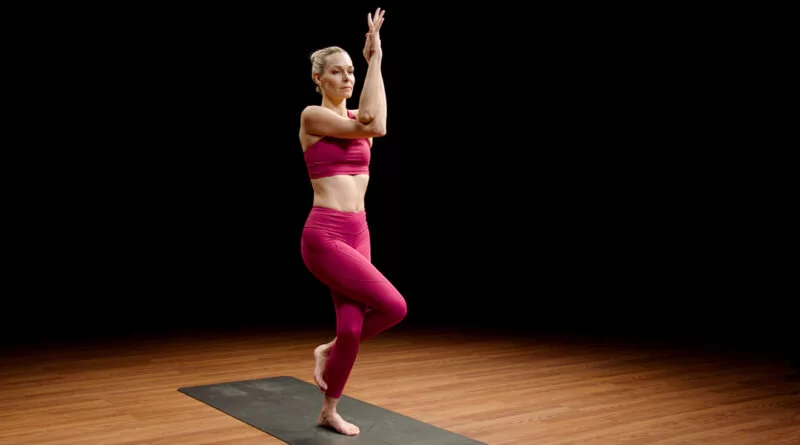
Start by standing elevated with your feet hip-width apart. Then, extend your arms straight in front of you at the shoulder. Cross your right arm over your left arm, getting your palms to touch if possible. Turn your knees slightly and cross your right thigh over your left thigh, connecting your right foot after your left calf if you can. Find your balance and bring a few in-depth breaths, feeling the stretch in your upper back and shoulders. Maintain for 30 seconds to 1 minute, then release and replicate on the opposite side.
Benefits: This posture is impressive for enhancing focus and balance. It raises mobility and flexibility in the neck.
8 cobra pose (Bhujangasana)

Lie flat on your abdomen, with your legs stretched and the tops of your feet pressing into the ground floor. Place your palms on the mat then on your shoulders, fingers pointing forward. Inhale and mild lift your upper body off the ground floor, utilizing the strength of your back muscles, not your arms. Then, maintain your elbows close to your sides and your shoulders comforted. Look straight ahead or slightly upwards. Maintain the yoga pose for 15-30 seconds while breathing deeply, then gradually lower your body back down.
Benefits: This pose lengthens the muscles in the chest, shoulders, and neck, enhancing flexibility and mobility. It strengthens the back muscles, boosting correct alignment and posture.
9 Bow pose (Dhanurasana)
Lie flat on your abdomen with your legs lengthened. Next, turn your knees and bring your heels as close to your buttocks as possible. Arrive back with your hands and grab your ankles. Inhale deeply, next as you exhale, lift your chest and thighs off the mat, creating a bow pose or Dhanurasana with your body. Look forward and hold your neck in a neutral position. Maintain the yoga pose for 20-30 seconds while breathing steadily, then gradually release and comfort.
Benefits: lengthens the whole front body, including the shoulders, and neck, enhancing flexibility. It is even the best yoga pose that stimulates the digestive system and massages the abdominal organs.
10 Fish pose (Matsyasana)
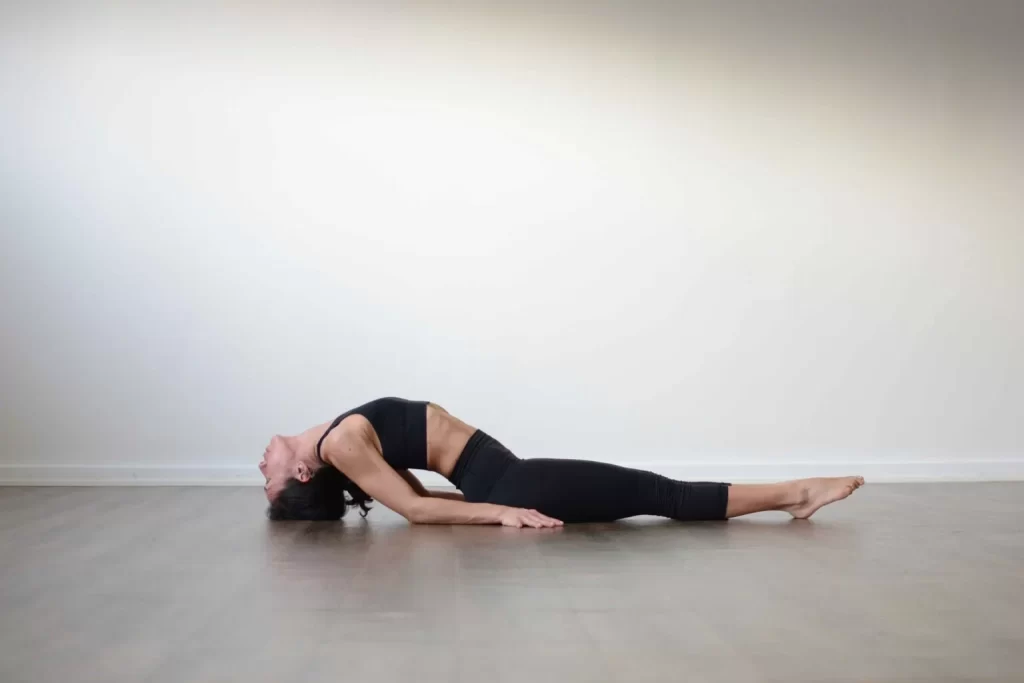
Begin, lie on your back with your legs lengthened and your arms resting alongside your body, palms facing down. Then, slide your hands underneath your buttocks, palms down. Next, inhale and press your forearms and elbows into the mat or carpet, lifting your upper body off the ground floor. Tilt your head back and allow the crown of your head to mild touch the mat, arching your spine and opening your chest. Maintain your legs engaged and your toes pointed. Bring slow, in-depth breaths and hold the pose for 30 seconds to 1 minute, then gently release and rest.
Benefits: The fish pose extends up the chest and enhances lung capability, enhancing breathing. It even relieves tension and fatigue in the upper body, encouraging relaxation and rejuvenation.
11. Spine twisting pose (Ardha Matsyendrasana)
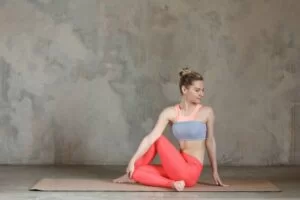
Seat on the mat or carpet with your legs extended in a facade of you. Turn your right knee and cross your right foot over your left leg, seating it on the mat next to your left knee. Maintain your left leg extended and your foot turned. Inhale and lengthen your backbone, then exhale and bend your torso to the right, seating your left elbow on the outside of your right knee. Place your right. Including this yoga prolongs into your routine can support and alleviate stiffness, boost the range of motion, and promote overall flexibility and mobility in the neck and shoulders. So, attempt these poses regularly to get relief.
Benefits: The spine-twisting pose prolongs and strengthens the muscles along the cervical back and sides of the torso. It even stimulates digestion and massages the interior organs, encouraging overall health.
General tips
Since these yoga poses are designed to treat a specific ailment, you must observe these tips: Recognize your body modifications from day to day. Make adjustments to your practice as essential and avoid these yoga poses that cause aches or discomfort.
Permit your breath to guide your exercise so that you’re moving slowly and with fluidity.
Only go to your edge — do not push or force yourself into any position.
If you’re new to yoga poses, try to bring a few classes at a local studio. If this isn’t possible, you can accomplish guided classes online.
Hatha, yin, and restorative yoga pose are beneficial for decreasing neck aches. Unless you are experienced, it’s most suitable not to do a rapid, powerful yoga pose.
Be easy and gentle with yourself. Enjoy the procedure and the practice, and meet yourself at whichever moment you discover yourself day-to-day.
Concentrate on doing at least 10 to 20 minutes of yoga per day, even if it’s just to comfort in a few relaxing positions.
FAQs
1. Should you do yoga if you have neck pain?
Rehearsing yoga poses is a perfect path to bring rid of neck aches. At least one investigation discovered yoga poses to provide ache comfort and functioning improvements for individuals who did a yoga pose for nine weeks. Through practice, you can learn to release any stress and anxiety you’re maintaining in your body.
2. Who should avoid Bhujangasana for neck pain?
Bhujangasana is not suggested for those who suffer from severe back problems relating to the spine. If case of neck-related issues such as spondylitis is recommended to avoid this yoga pose. The yoga posture puts a lot of stress and anxiety on the lower stomach. Hence, pregnant women should avoid this yoga pose.
3. Is surya namaskar good for neck pain?
Surya Namaskar, Even named Sun Salutation, you should attempt it if you are struggling with shoulder, neck, or cervical aches. By accomplishing it correctly, you will be able to add strength and flexibility to your backbone which supports enhance cervical spondylosis.
4. Does yoga help chronic neck pain?
Chronic nonspecific neck ache has a high prevalence and is more additionally additional common among younger individuals. Clinical practice suggests that yoga pose is influential in reducing chronic aches.
5. Can exercise cure neck pain?
Exercise should not create your existing neck pain worse overall. However, rehearsing unique exercises can sometimes cause short-term muscle aches as the body brings used to moving in unique paths. This sort of ache should ease quickly and your ache should be no worse the morning after you have exercised.

